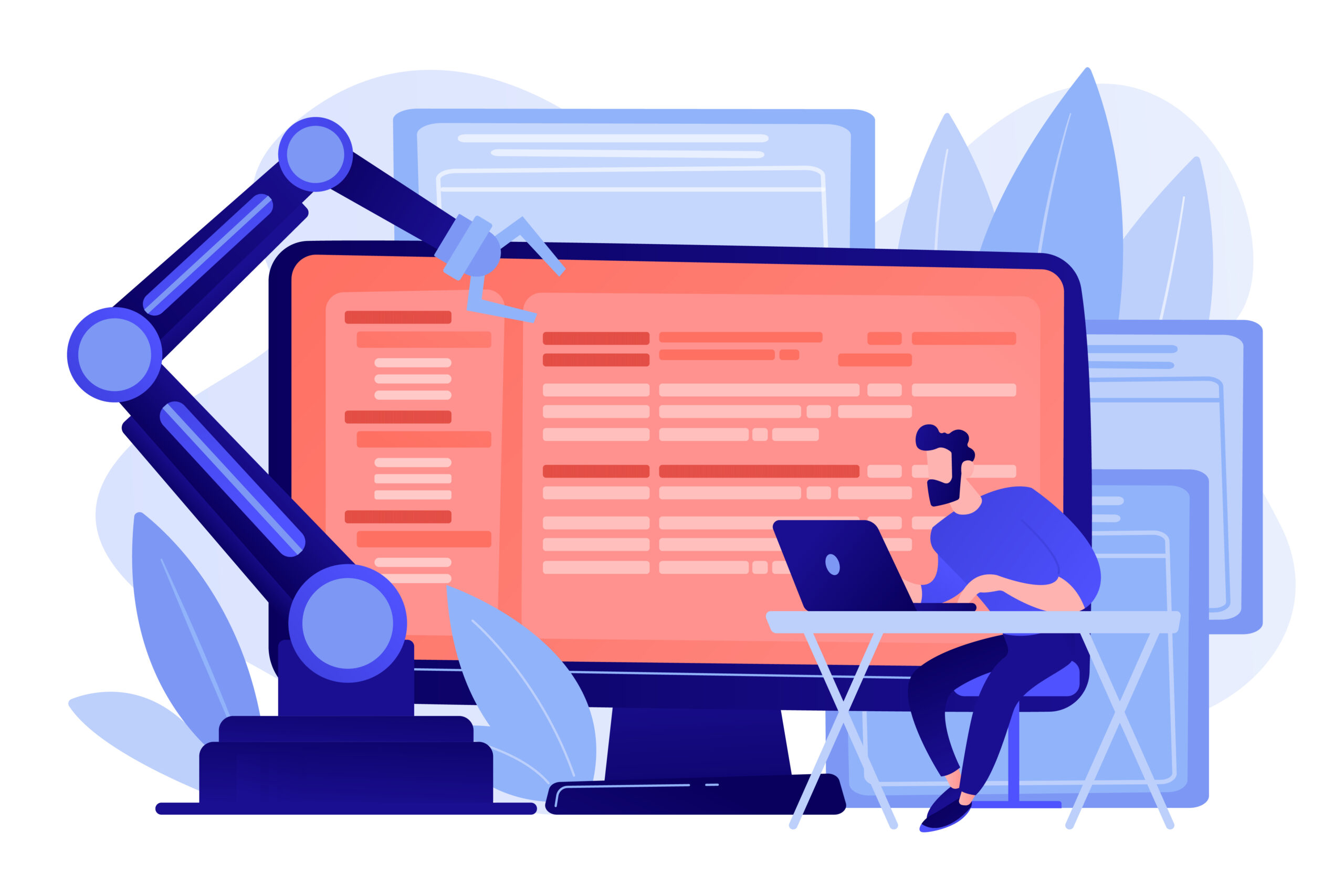In today’s fast-paced business environment, Human Resource Management Software (HRMS) has become an indispensable tool for HR professionals. HRMS software helps organizations efficiently manage their workforce by automating various HR processes, thereby freeing up HR personnel to focus on more strategic initiatives. One of the key benefits of HRMS is its ability to streamline HR workflows, saving time and resources while enhancing overall efficiency. In this blog, we will explore the advantages of using HRMS for HR workflow automation and how it can revolutionize HR practices within organizations.
-
Employee Onboarding Made Effortless:
Traditional employee onboarding can be a time-consuming and paperwork-intensive process. However, with HRMS, organizations can automate the entire onboarding journey. HRMS can generate digital offer letters, send welcome emails with essential information, and provide new hires access to necessary documents and training materials. Moreover, the system can set up task reminders for HR personnel, ensuring that each step of the onboarding process is completed smoothly and on time.
-
Simplified Leave Management:
HRMS simplifies leave management by allowing employees to submit leave requests online. The system automatically routes these requests to the appropriate managers for approval, eliminating the need for manual paperwork and reducing the chance of errors.
Additionally, HRMS maintains accurate leave records and updates leave balances in real-time, providing employees and managers with up-to-date information.
-
Efficient Performance Appraisals:
Performance appraisals are an integral part of managing employee performance. Furthermore, HRMS facilitates the automation of performance appraisal processes, making it easier for managers to set performance goals, track progress, and conduct evaluations. The system can send reminders to employees and managers for timely reviews, thereby ensuring that performance discussions occur regularly.
-
Training and Development Made Seamless:
HRMS streamlines employee training and development programs by automating course enrollment, progress tracking, and certification generation. Employees can easily enroll in relevant training courses through the system, and HR can monitor their progress to ensure they complete mandatory training.
-
Hassle-free Expense Management:
Expense management can be a tedious task for both employees and HR personnel. HRMS simplifies this process by allowing employees to submit their expenses online, attaching relevant receipts, and enabling HR to review and approve claims efficiently. This automation ensures that reimbursement is processed promptly, improving employee satisfaction.
-
Smooth Employee Offboarding:
When an employee leaves the organization, HRMS can automate the offboarding process, updating records, revoking system access, and initiating exit interviews. By standardizing this process, organizations can ensure a consistent and professional departure experience for departing employees.
-
Employee Self-Service Portal:
Most modern HRMS solutions include a self-service portal where employees can update personal information, view payslips, and access other HR-related information. Consequently, this self-service feature empowers employees to take charge of their HR-related tasks, ultimately reducing the dependency on HR personnel for routine inquiries.
-
Recruitment and Applicant Tracking:
HRMS simplifies the recruitment process by seamlessly automating job postings, resume screening, interview scheduling, and communication with candidates. As a result, HR professionals can expedite the hiring process and secure top talent efficiently.
-
HR Analytics and Reporting:
HRMS automates data collection and analysis, enabling HR professionals to generate valuable insights and metrics. With HR analytics and reporting, HR departments can make data-driven decisions, identify trends, and proactively address HR challenges.
-
Performance Improvement Plans (PIPs):
HRMS facilitates the automation of performance improvement plans, offering a structured approach to address employee performance issues. These automated plans help managers and HR professionals track performance improvements and take necessary actions accordingly.
Conclusion:
Incorporating HRMS for HR workflow automation can significantly transform how HR departments operate within organizations. By streamlining processes, minimizing manual tasks, and providing valuable insights through analytics, HRMS empowers HR professionals to focus on strategic initiatives and create a more engaged and productive workforce. As technology continues to evolve, organizations that embrace HRMS will undoubtedly stay ahead of the curve, efficiently managing their most valuable asset – their people.

